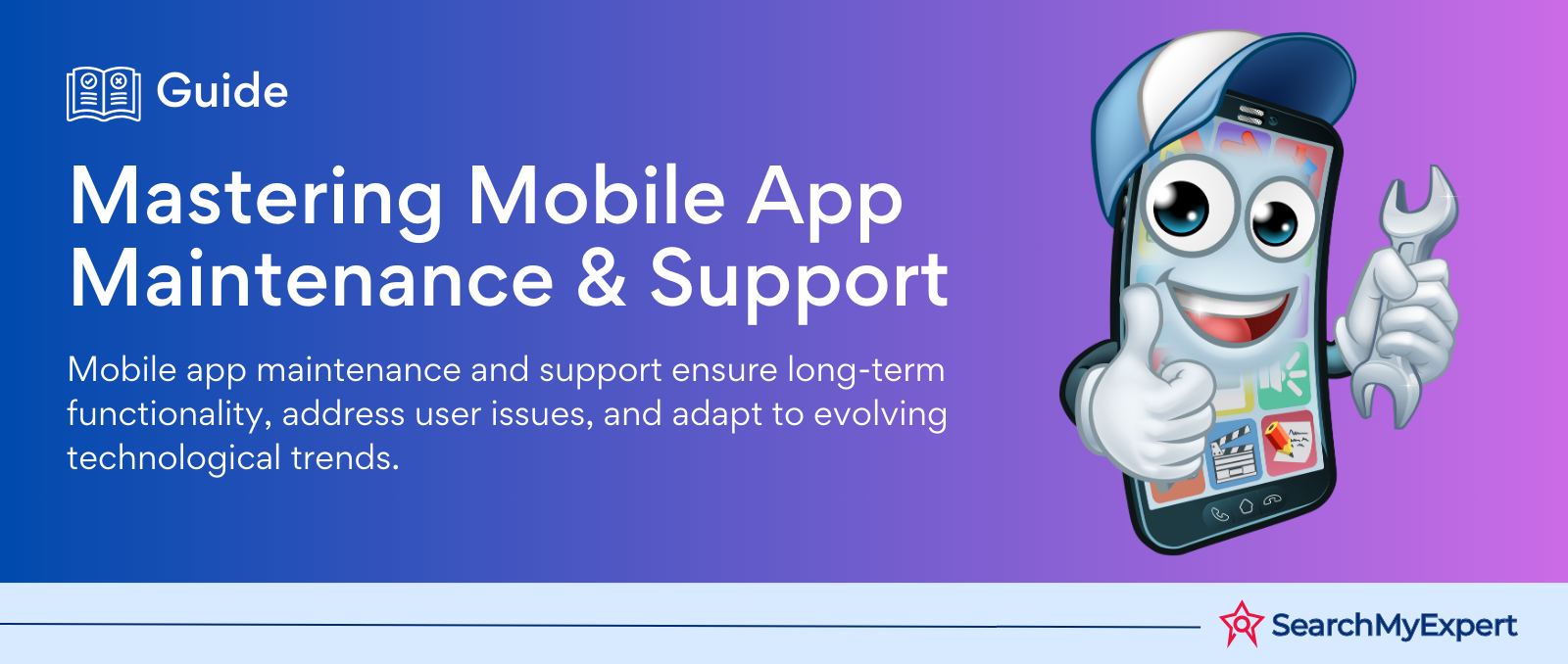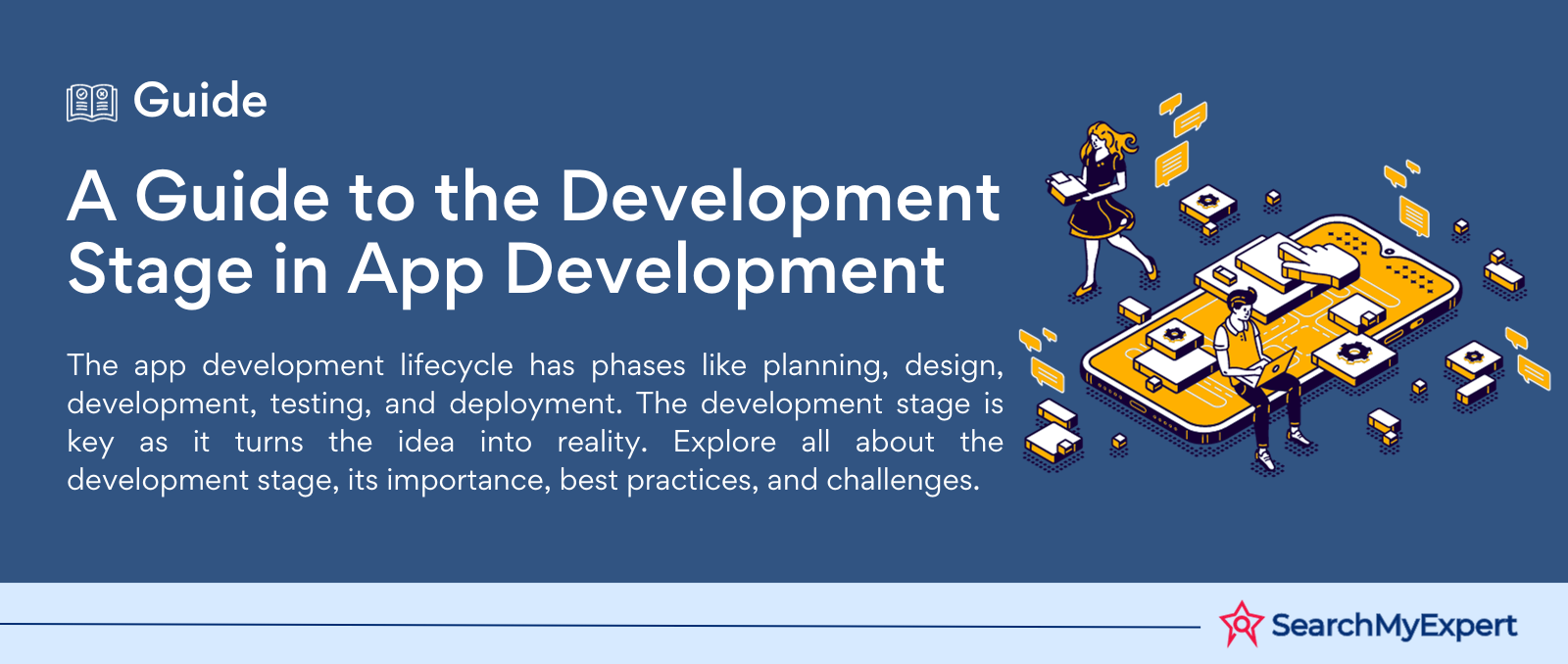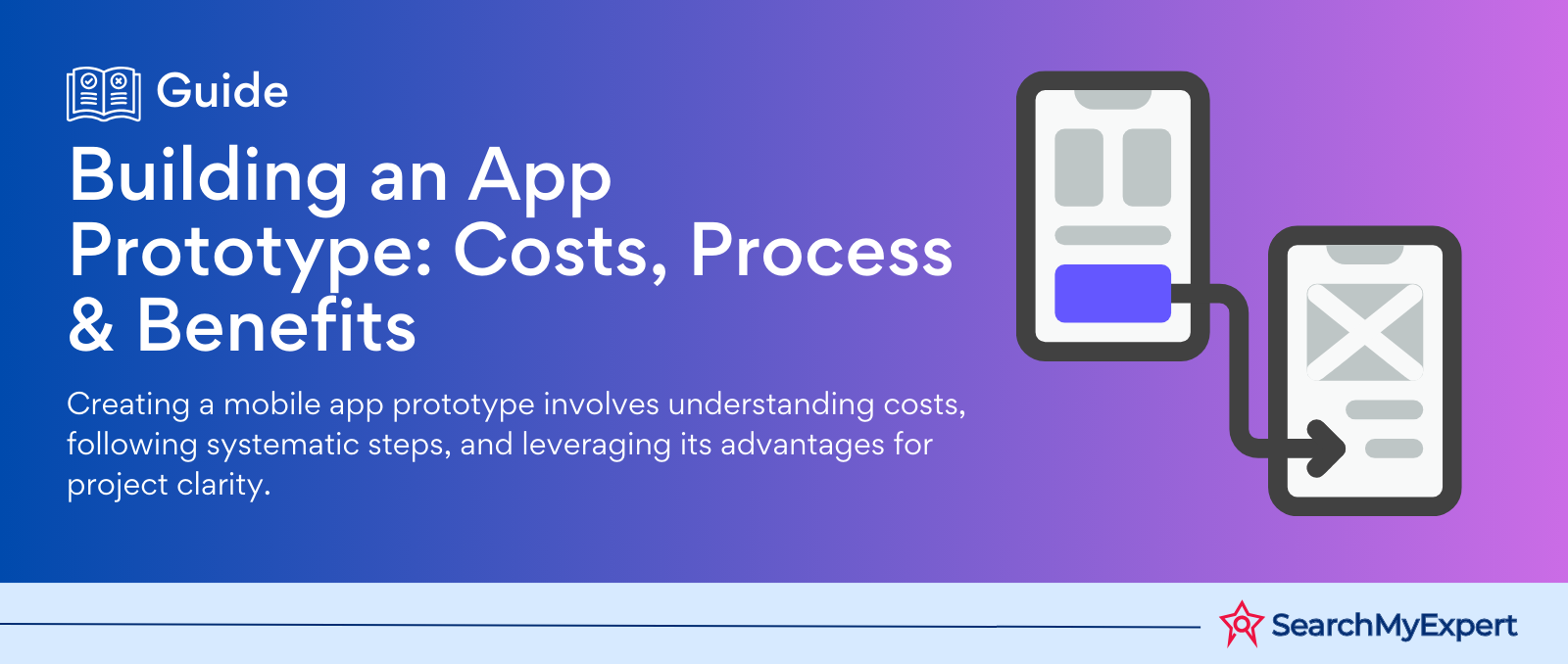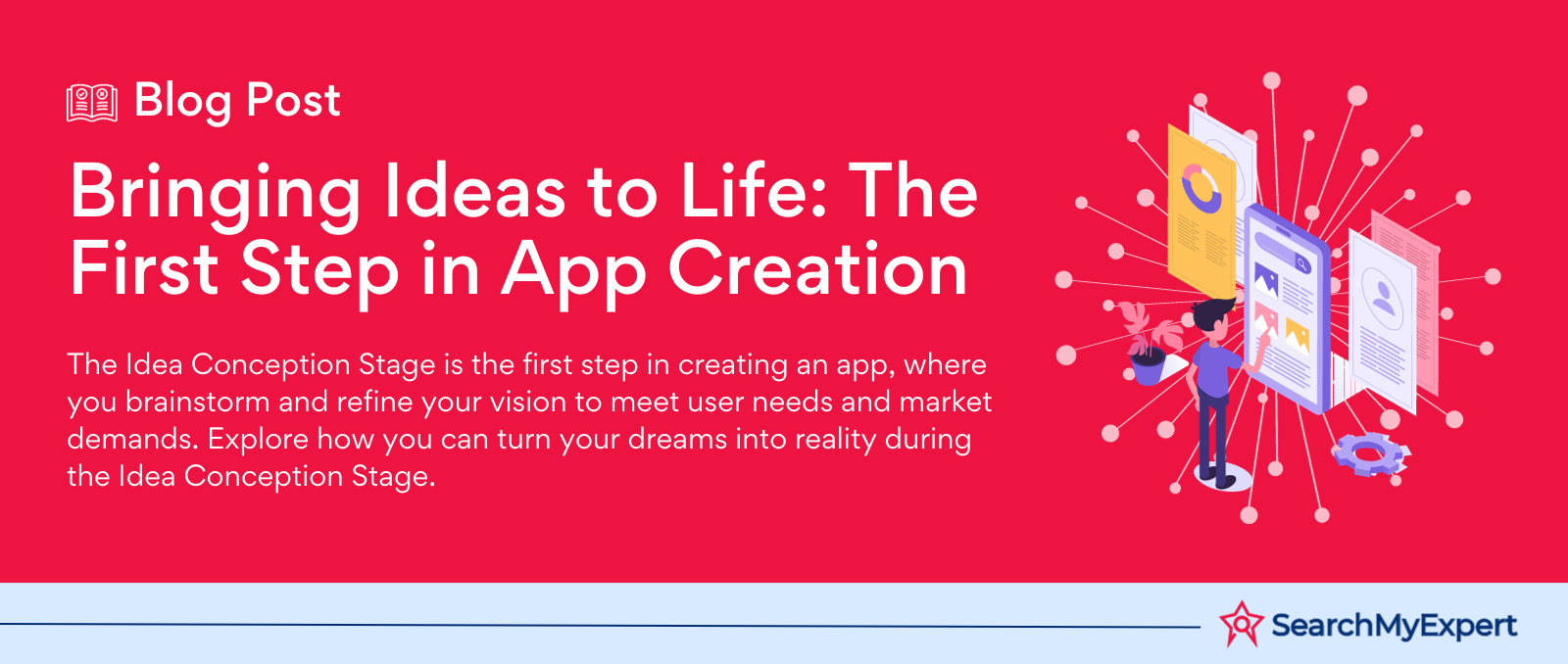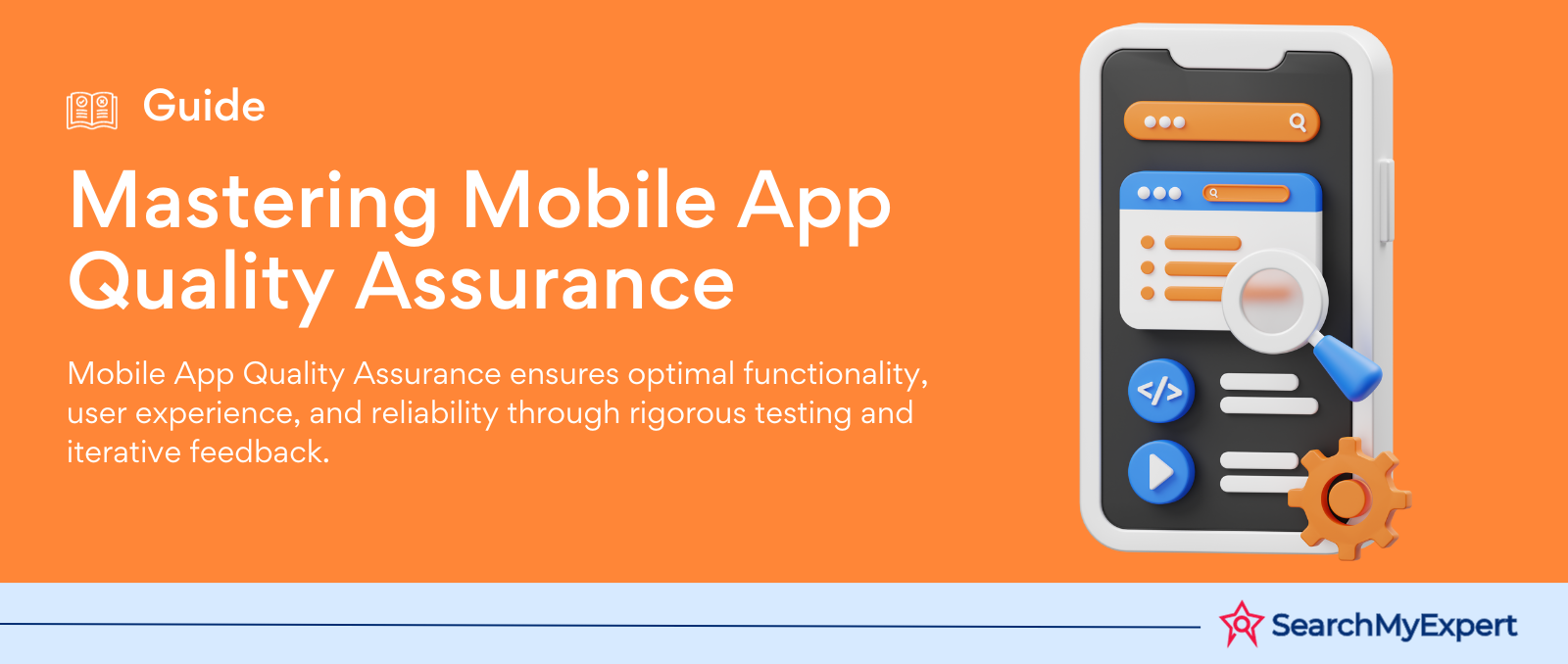Java: Modern Marketplaces' E-Commerce Development Transformed
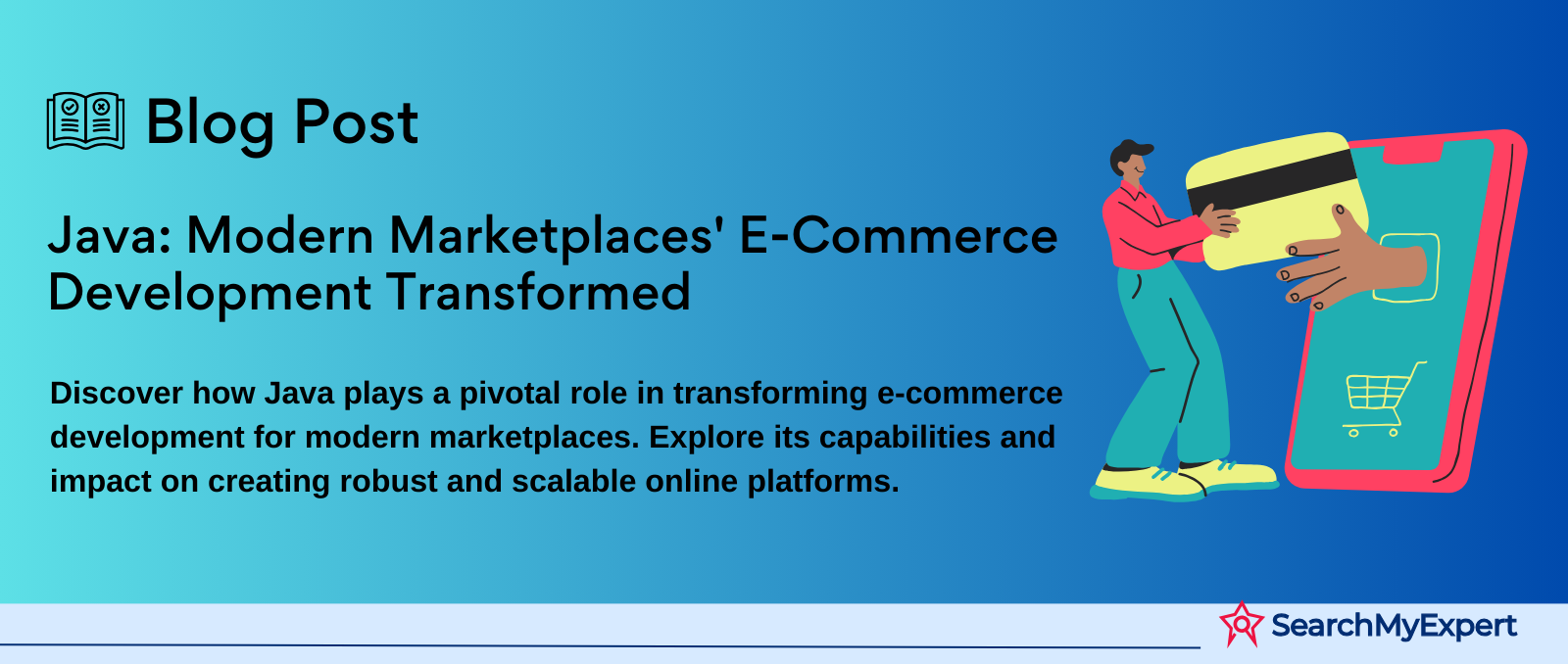
Java Web Development for E-commerce: Harnessing the Power of Java for Online Success
The Dawn of E-commerce: A Brief History
E-commerce, a revolution in shopping, transformed from mail-order catalogs to digital storefronts. The 1990s saw the dawn of online shopping, igniting a global marketplace. Today, it's a bustling, dynamic industry, shaping how we buy and sell.
Java: The Backbone of E-commerce Development
Why Java for e-commerce? Think stability, scalability, and top-notch security. It's a powerhouse, a steadfast choice for developers. Picture a robust ecosystem, brimming with tools and libraries, tailor-made for crafting seamless e-commerce experiences.
The Core Benefits of Java in E-commerce Web Development
Java isn't just a language; it's a gateway to performance, flexibility, and a vast developer community. It offers:
- Stellar Performance: Java's speed and efficiency make it ideal for handling the complex needs of e-commerce platforms.
- Unmatched Flexibility: Adapt and evolve with Java. Its versatility means your e-commerce platform can grow and change, hassle-free.
- Developer Availability: A huge community of Java developers is at your fingertips, ready to innovate and elevate your e-commerce experience.
In this digital era, Java stands as a beacon of reliability for e-commerce platforms, driving growth and pushing boundaries. Let's embark on this journey to understand how Java powers the e-commerce world.
Understanding the Architecture
Model-View-Controller (MVC): The Blueprint for E-commerce Success
The MVC architecture, a design blueprint, is vital in e-commerce applications. It segments an application into three interconnected components:
- Model: The heart of the application, where data lives. Think products, prices, user profiles.
- View: The face of the app. It's what users see and interact with – product pages, shopping carts.
- Controller: The brain, processing user input and interacting with the Model to render the final View.
Separation of Concerns: A Pillar of Maintainability and Extensibility
This architectural style brings a clear separation of concerns – a division that offers significant benefits:
- Easier Maintenance: With distinct roles, identifying and fixing issues becomes streamlined.
- Enhanced Extensibility: Want to upgrade or extend your platform? MVC makes it simpler, with less risk of ripple effects.
Java's MVC Champions in E-commerce: Spring, Spring Boot, JSF
Java boasts a rich selection of frameworks for MVC implementation:
- Spring: A heavyweight in the Java world, known for its robust ecosystem.
- Spring Boot: Spring's younger sibling, it simplifies development with convention over configuration.
- JSF (JavaServer Faces): A framework focusing on server-side user interfaces, making UI development a breeze.
These frameworks are the unsung heroes behind many successful e-commerce platforms, empowering them with agility, robustness, and scalability.
Building the Front-End
The Trio of Web Development: HTML, CSS, and JavaScript
In Java web development, the front-end magic begins with HTML, CSS, and JavaScript. They're the building blocks of e-commerce UI/UX:
- HTML: The skeleton. It lays out the structure – product listings, navigation bars.
- CSS: The artist. It adds style, from colors to layouts, making the interface appealing.
- JavaScript: The wizard. It brings interactivity, enabling dynamic content and user engagement.
Frontend Frameworks: React and Angular in the Spotlight
Enter React and Angular – two titans in frontend development:
- React: A library by Facebook, famous for its virtual DOM, boosting performance and user experience.
- Angular: A full-fledged framework by Google, offering a comprehensive solution for building dynamic web apps.
These technologies work in tandem with Java back-ends to create responsive, interactive e-commerce platforms that not only look good but feel intuitive to use.
Responsive Design: One Size Fits All
The key to winning the e-commerce race? Responsive design. It ensures your website looks great and functions smoothly across all devices – smartphones, tablets, laptops. Mobile optimization is not just a feature; it's a necessity in today's mobile-first world.
Developing the Back-End
Java Servlets and JSPs: The Server-Side Maestros
In the realm of Java e-commerce development, servlets and JavaServer Pages (JSPs) play pivotal roles. They're the workhorses behind server-side processing and data manipulation:
- Java Servlets: Think of them as gatekeepers, handling client requests and server responses.
- JSPs: They're the storytellers, dynamically creating web pages based on user interactions.
Database Connectivity: JDBC and JPA
Managing data is key in e-commerce. Here's where JDBC and frameworks like JPA shine:
- JDBC (Java Database Connectivity): It's the bridge between Java applications and databases, ensuring smooth data flow.
- JPA (Java Persistence API): A higher-level framework that simplifies data persistence and ORM (Object-Relational Mapping).
These tools help manage vast product catalogs, customer data, and transaction records efficiently and effectively.
Security: The Bedrock of Trust
In e-commerce, security isn't just a feature; it's a foundation:
- User Authentication and Authorization: They're like bouncers, ensuring only authorized users access specific data and functionalities.
- Data Encryption: It's the vault of e-commerce, safeguarding sensitive data like user credentials and payment information.
Java's security mechanisms are robust, offering peace of mind for both developers and users in the ever-evolving landscape of e-commerce.
Payment Processing and Integration
Secure Payment Gateways and APIs: The Heart of Transactions
In Java-based e-commerce, integrating secure payment gateways is crucial. It's all about smooth, reliable transactions:
- Secure Gateways: They act like virtual cash registers, efficiently handling payments.
- APIs: The glue that connects e-commerce platforms with payment services, ensuring seamless transactions.
Fraud Prevention and Chargeback Management: The Shields of E-commerce
Staying vigilant is key:
- Fraud Prevention: Tools and practices are in place to detect and prevent fraudulent activities.
- Chargeback Management: Strategies to handle disputes and chargebacks, maintaining customer trust and financial integrity.
Going Global: Multicurrency and International Payments
E-commerce knows no borders. Java platforms often include:
- Multicurrency Support: Allowing customers to pay in their local currency.
- International Payment Options: Catering to global audiences with diverse payment preferences.
In the vast world of e-commerce, Java stands as a trusted ally, ensuring transactions are not just seamless but also secure and globally accessible.
Deployment and Maintenance
Deployment Options: Versatility in Java E-commerce
Java's flexibility shines in deployment:
- On-Premise Servers: For full control, on-premise solutions are a go-to.
- Cloud Platforms: Think AWS, Azure. They offer scalability and robustness.
- PaaS Solutions: Platforms like Heroku and Google App Engine simplify deployment, focusing on your application, not the infrastructure.
Monitoring and Logging: The Pulse of Your Platform
Keep your finger on the pulse:
- Performance Optimization: Tools and practices for monitoring ensure your site runs smoothly.
- Error Detection: Logging mechanisms are vital for quickly identifying and rectifying issues.
Version Control and CI/CD: The Backbone of Agile Development
Stay agile and efficient:
- Version Control: Solutions like Git keep track of every change, every version.
- CI/CD Practices: Continuous Integration and Continuous Delivery ensure that new code is tested and deployed efficiently.
In the dynamic world of e-commerce, deployment and maintenance are not just about keeping the lights on. They're about innovation, efficiency, and constant evolution.
The Java Advantage in E-commerce
Java: A Stalwart in E-commerce Development
Java's journey in e-commerce is marked by:
- Stability: It's tried, tested, and trusted.
- Scalability: From startups to giants, Java grows with your business.
- Security: A fortress, guarding against cyber threats.
- Robust Ecosystem: A treasure trove of libraries, frameworks, and community support.
The Future: Java in the E-commerce Landscape
Java's future looks bright:
- Emerging Trends: IoT, AI integration, and more.
- Market Growth: Java continues to adapt, staying relevant and powerful.
Resources and Recommendations: Keep Learning
Eager to dive deeper? Explore:
- Online courses, webinars, and tutorials.
- Vibrant community forums and expert blogs.
- Books and guides for every skill level.
Java in e-commerce is not just about coding; it's about building a future-proof, dynamic online presence.
Conclusion
Java's pivotal role in e-commerce development is marked by its robustness, versatility, and security. Excelling in back-end and front-end development, Java ensures scalable, efficient, and user-friendly e-commerce platforms. Its adaptability with emerging technologies like AI and IoT, along with a strong community and rich resources, makes it a future-ready choice. Java is not just a programming language; it's a gateway to creating dynamic, resilient, and successful online marketplaces. For developers and businesses alike, Java in e-commerce represents a blend of reliability, innovation, and growth, making it an indispensable tool in the digital commerce landscape.
Empower your software development with
Java Development Service Companies.
share this page if you liked it 😊
Other Related Blogs
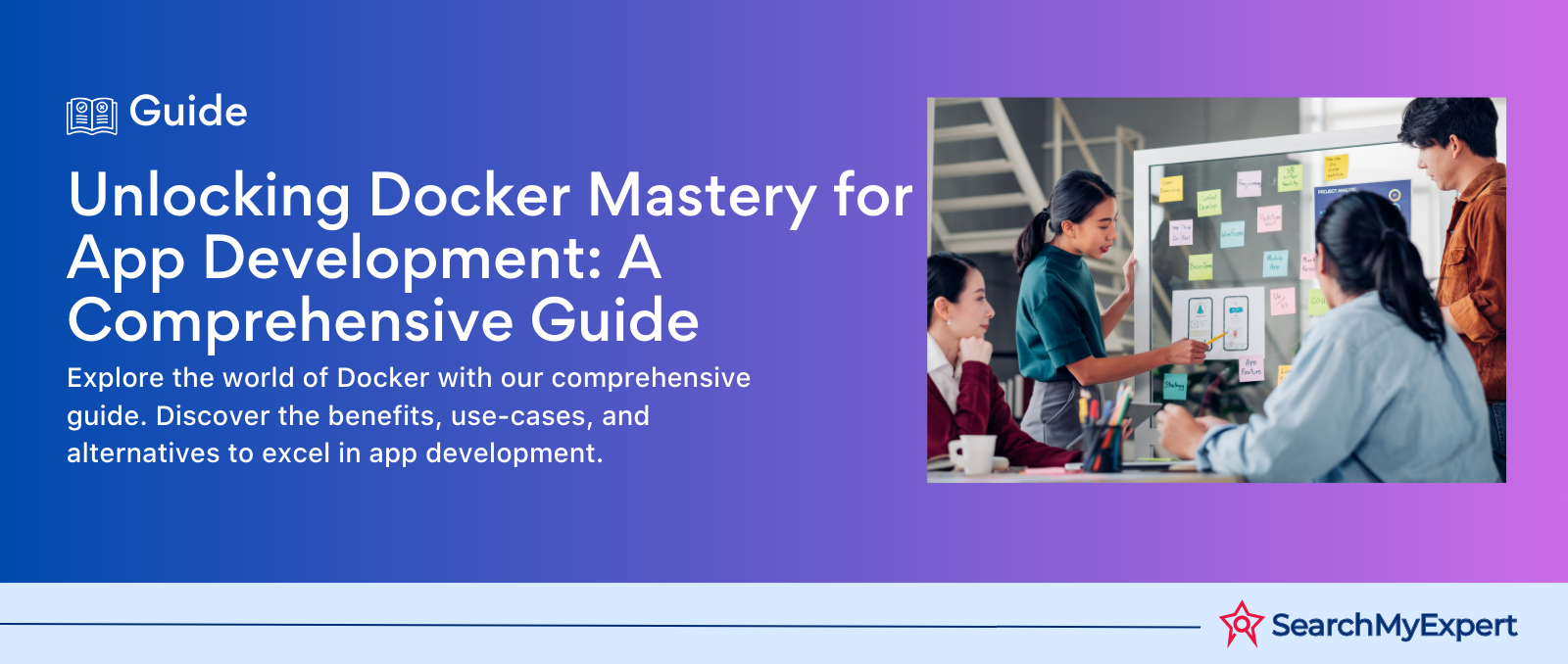
Mastering Docker for App Development: A Comprehensive Guide to Benefits, Use-Cases, and Alternatives
STAY UP TO DATE
GET PATH'S LATEST
Receive bi-weekly updates from the SME, and get a heads up on upcoming events.
Contact Us





